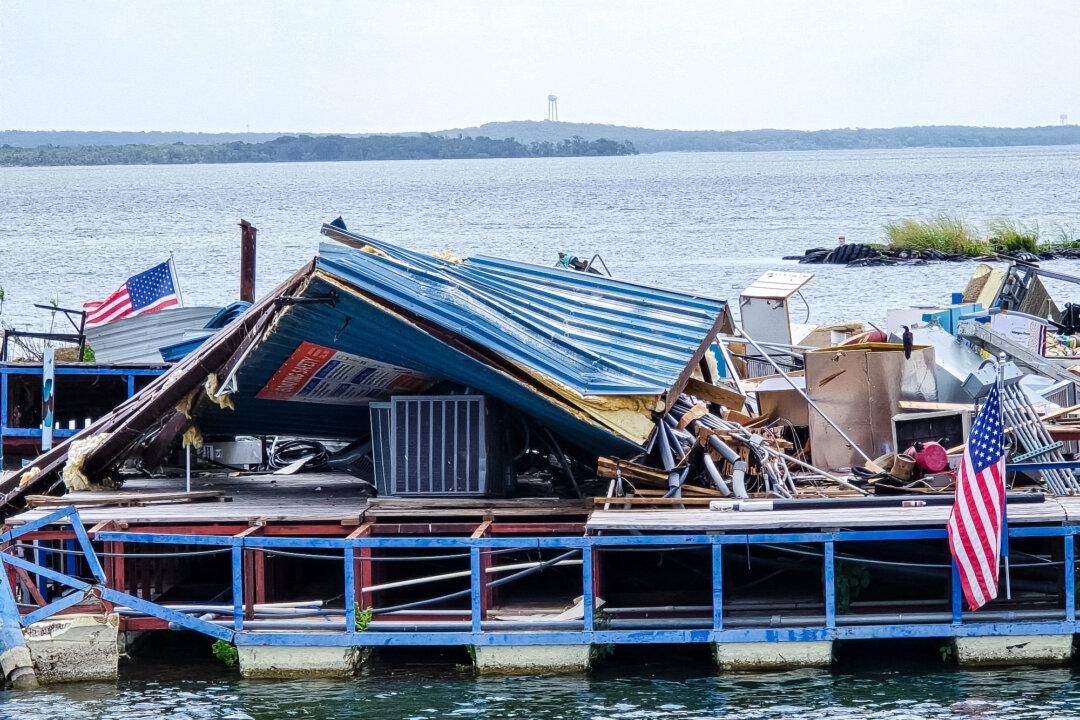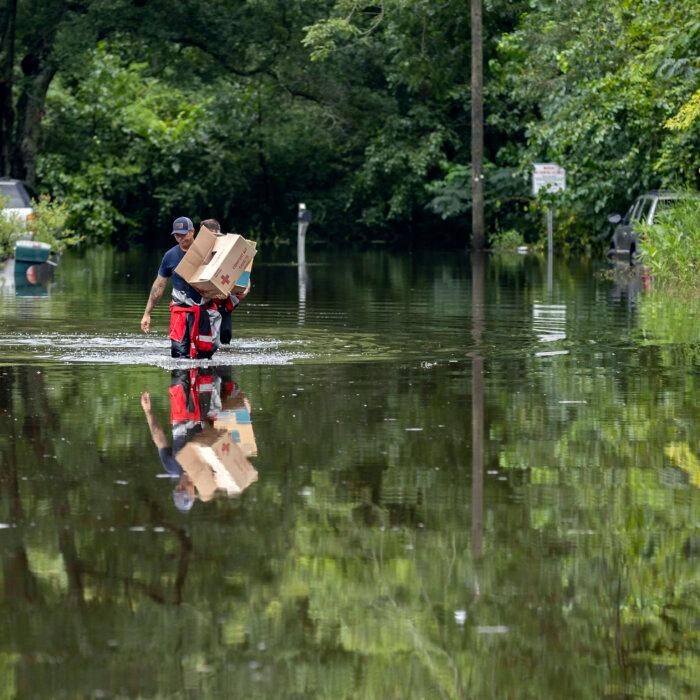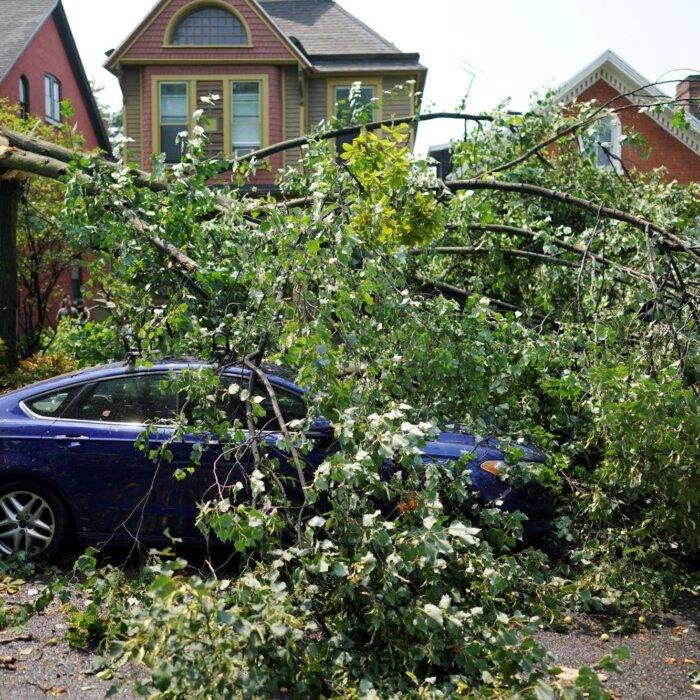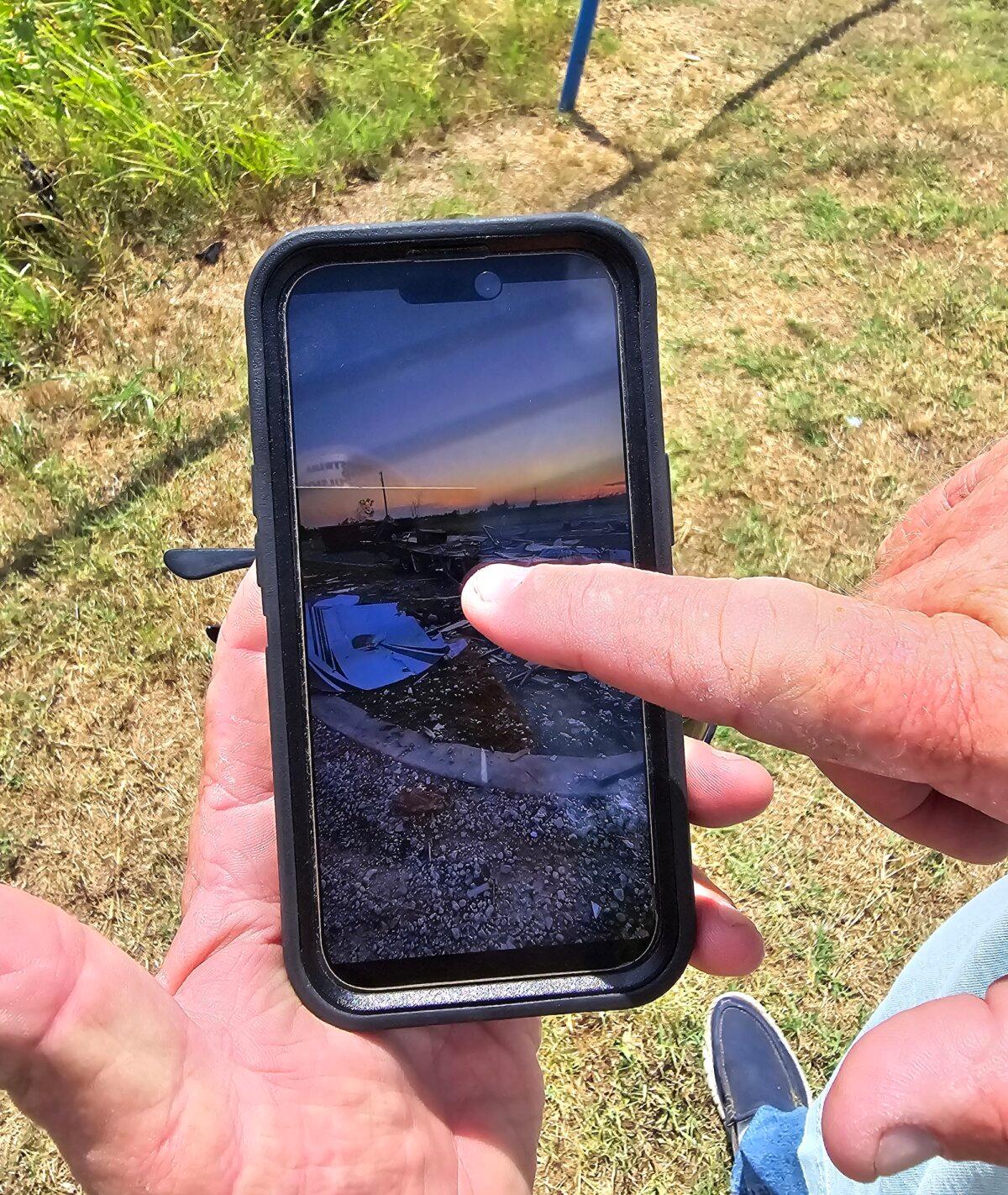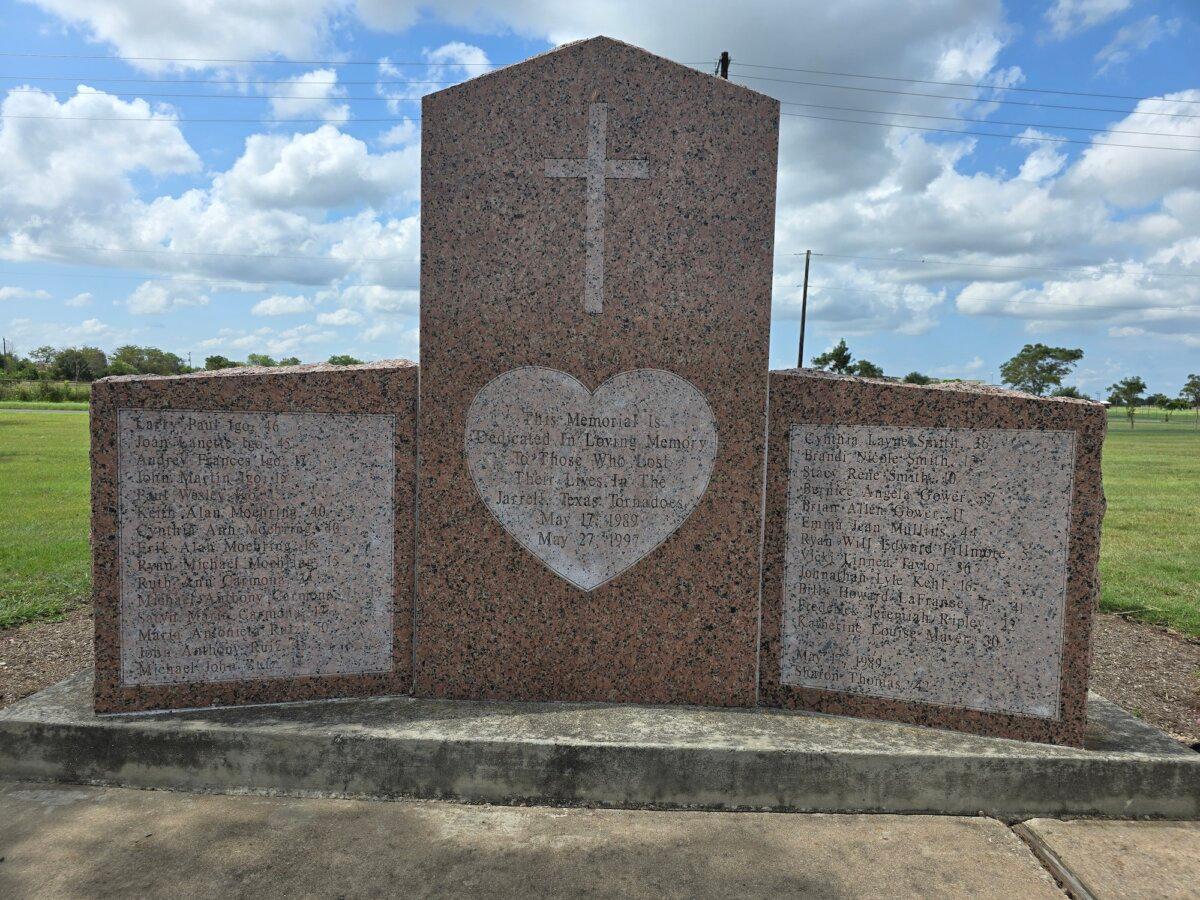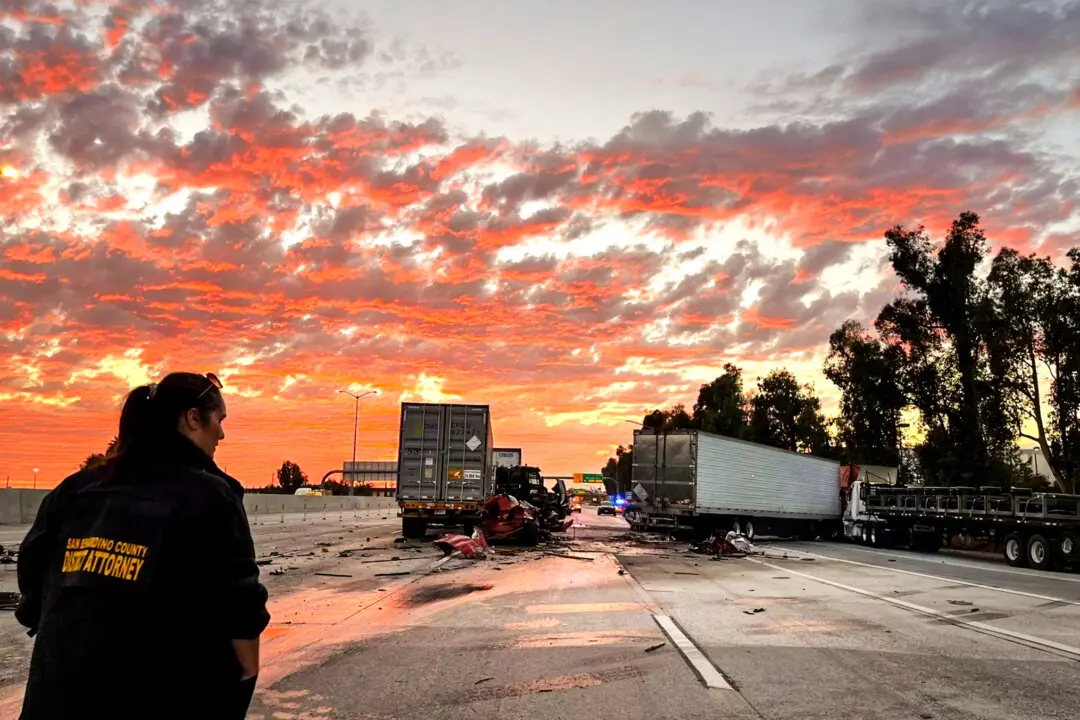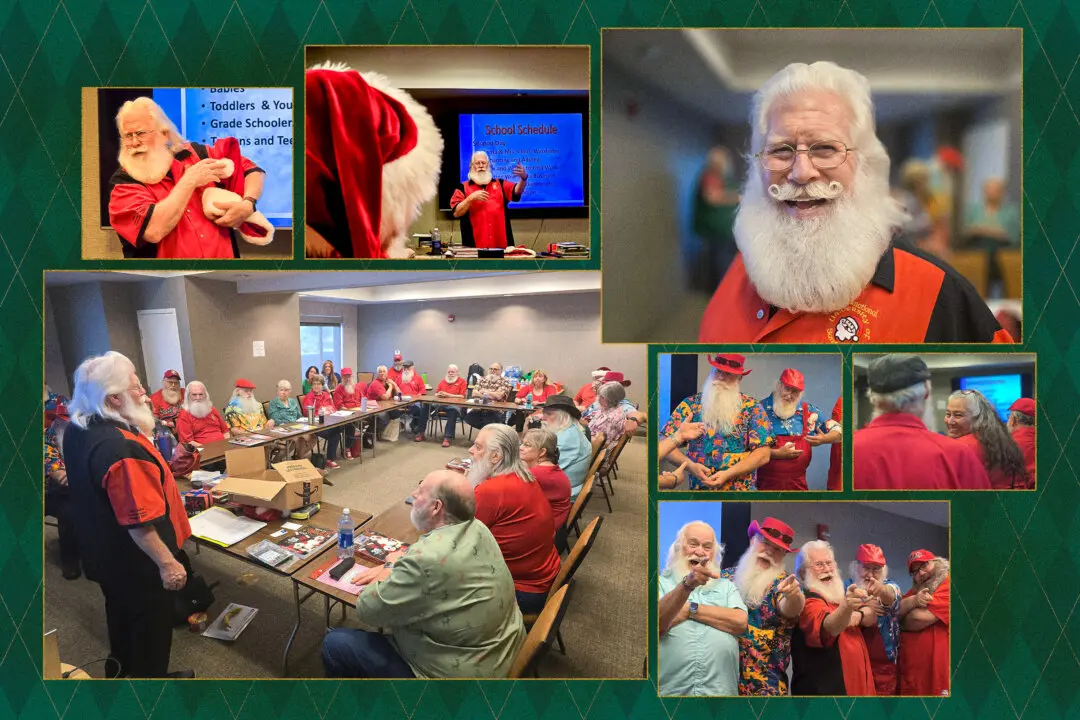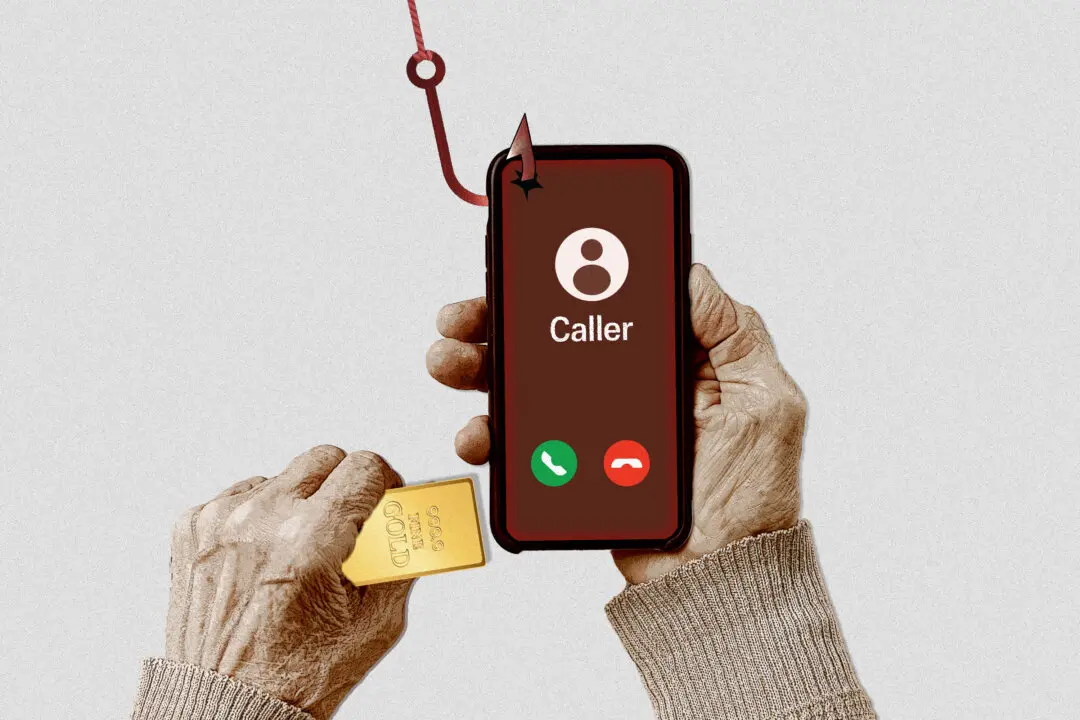VALLEY VIEW, Texas—Paul Sperry, 59, stepped over thick weeds and grass littered with bent pipes, tangled wires, building insulation, and other debris, looking for anything salvageable.
On a sunny, humid July 29 morning, two months after a tornado that killed seven people demolished his home and boat shop in Valley View, Texas, all that was left was for Sperry to pick up the pieces and try to move on.
Sperry said he lost his home, his business, and all 40 boats in the storm on May 25. The boats weren’t insured.
“You could hear the [boats] beating up in the air,” he said. “I was a little scared.”
Watching the tornado’s path of destruction is something Sperry said he will never forget.
“It was across that way,” Sperry said, pointing to an open field that ran parallel to I[Interstate]-35, 61 miles north of Dallas.
“It wasn’t raining—nothing. The wind blew hard. Then, it went beyond that [spot]. My friend in Denton called me and said there was a tornado pitching across the freeway.”
Sperry said his property didn’t have a storm shelter, so when the tornado struck around 10 p.m., he and his wife hid under a mattress on the kitchen floor and prayed.
When it was over, he looked out and saw that the storm had destroyed nearly everything he had worked for.
An RV park next to Sperry’s boat shop fared the same, while a nearby Shell gas station was reduced to a hollowed-out hull of brick and twisted steel by the 135 mph winds.
Sperry told The Epoch Times about 50 people sought refuge inside the gas station before it took a direct hit from the tornado, injuring several people who were inside.
“We’ve had strong winds, flooding, freezing. In recent history, this is the first tornado,” said Becky Jones, co-chairman of the Voluntary Organizations Active in Disaster (VOAD), which spearheaded the early local recovery effort.
“We mobilized almost immediately after the tornado struck,” she said.
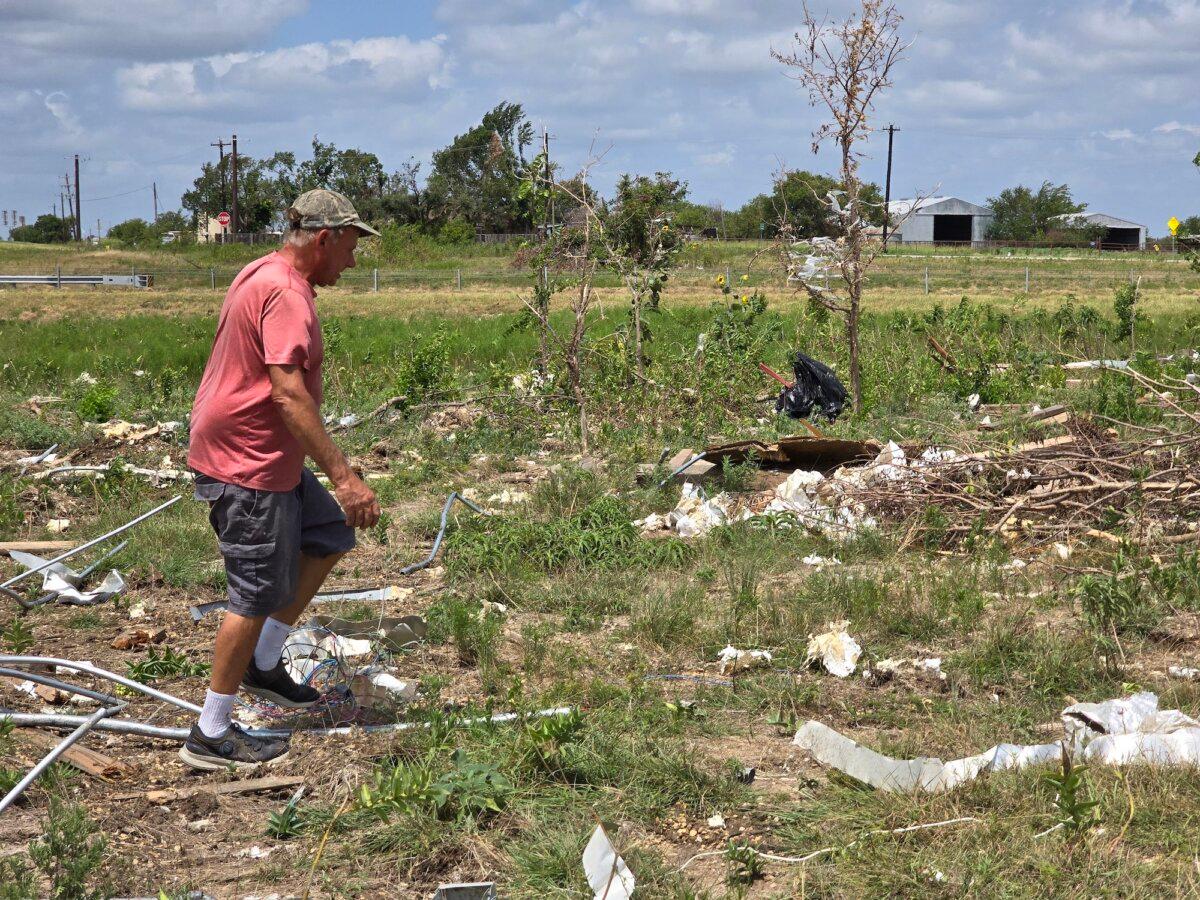
Texas is among 14 southeastern and midwestern states in “Tornado Alley.”
Tornado season in Texas occurs from April through June each year, when cold winter air collides with warm spring air to form twisters.
According to iWeather.net, Texas, a state with a long history of tornadoes, is experiencing a “particularly active 2024 season.”
As of June 14, the National Oceanic and Atmospheric Administration (NOAA) wrote on its website that a “staggering 112 confirmed tornadoes have touched down in the Lone Star State.”
“This number surpasses the previous year’s total and reflects a broader trend of increased tornado activity across the central United States,” the site reads.
By July 25, NOAA had confirmed 1,259 twisters, 41 tornado-related deaths—eight in Texas—and some $15 billion in damages this year.
The Center for Disaster Philanthropy (CDP) said this year is being called the most prolific tornado season since 2017.
Hotter temperatures—both land and sea—have caused more powerful storm systems, which have frequently spawned tornadoes, the organization wrote on its website.
On May 21, an EF-4 tornado with 185 mph wind gusts ripped through Greenfield, Iowa, killing five and injuring 35. A day later, another EF-4 twister tore through Barnsdall, Oklahoma. One person died in that storm.
The EF (Enhanced Fujita) 0–5 scale is how the National Weather Service rates tornado strength based on wind gusts.
While 90 percent of tornadoes are rated EF-0 or EF-1, the CDP writes, those are still powerful enough to damage homes.
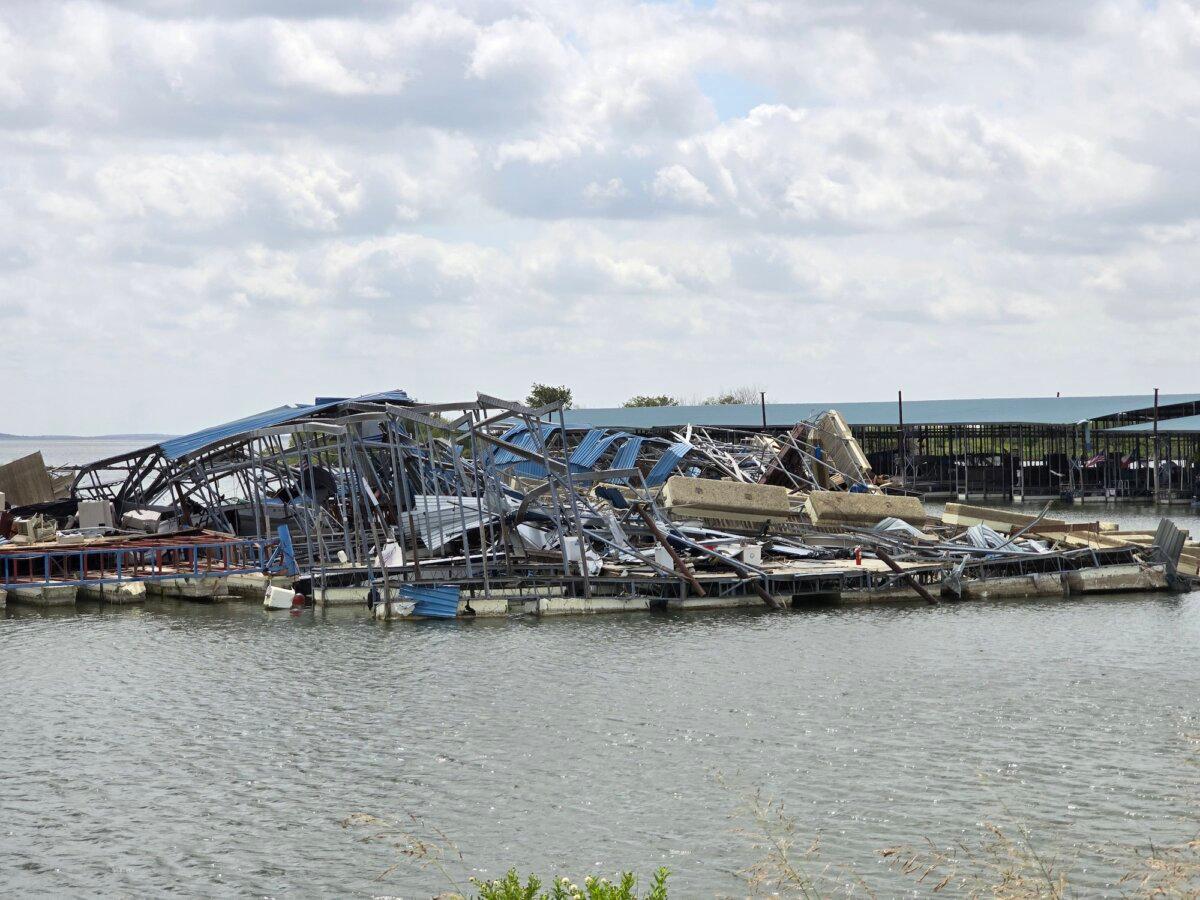
An EF-0 tornado, for example, produces wind gusts of 65–85 mph; an EF-1, 86–110 mph; an EF-2, 111–135 mph; an EF-3, 136–165 mph; an EF-4, 166–200 mph; and an EF-5, 200 mph or higher.
“The United States has not experienced an EF-5 twister since the Moore Tornado” in 2013, the CDP said.
On May 27, 1997, an EF-5 tornado ripped through the town of Jarrell, Texas (population 3,410), 153 miles south of Dallas. The massive tornado killed 28 people and caused more than $40 million in damage. A monument to the victims now stands near the outskirts of town.
Tornado survivor Jude Duzan, 66, said he lost an entire family of neighbors in the tragedy.
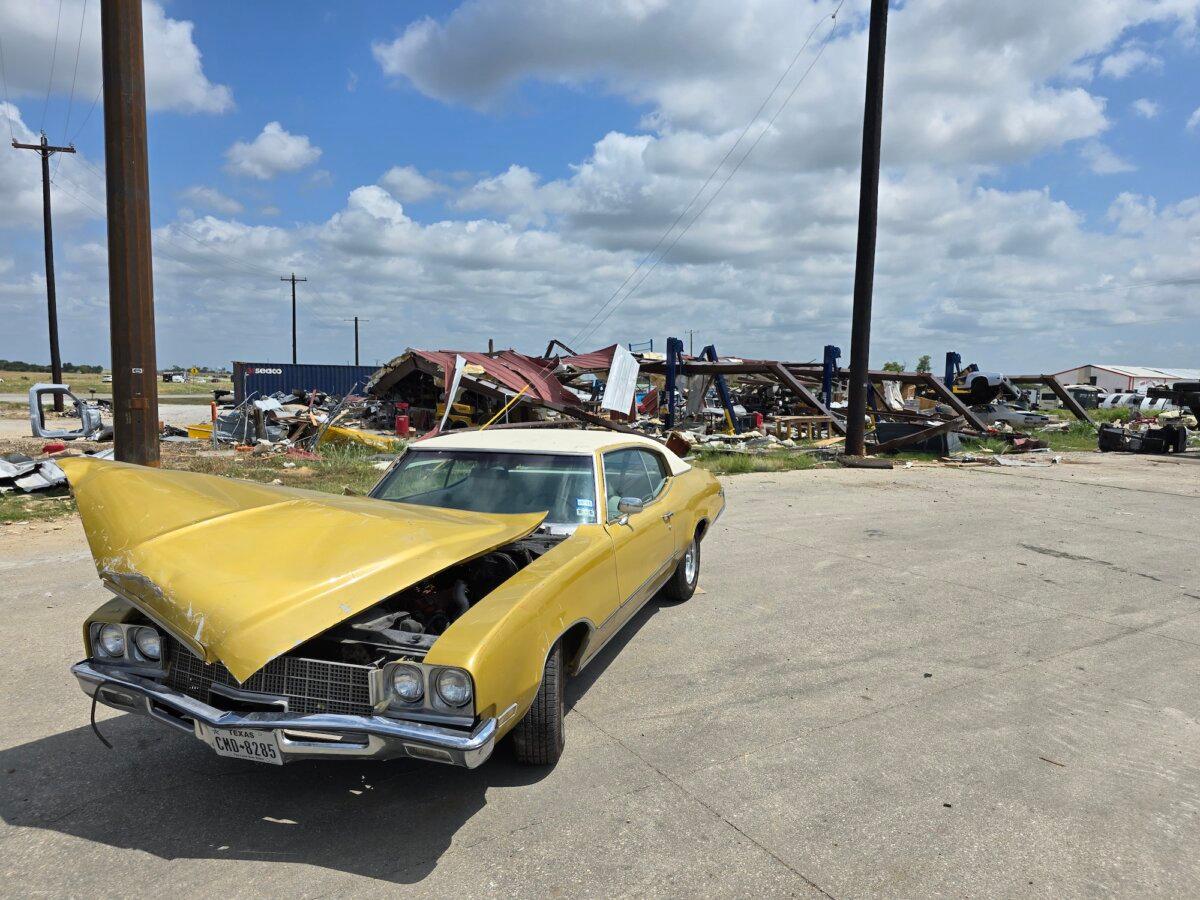
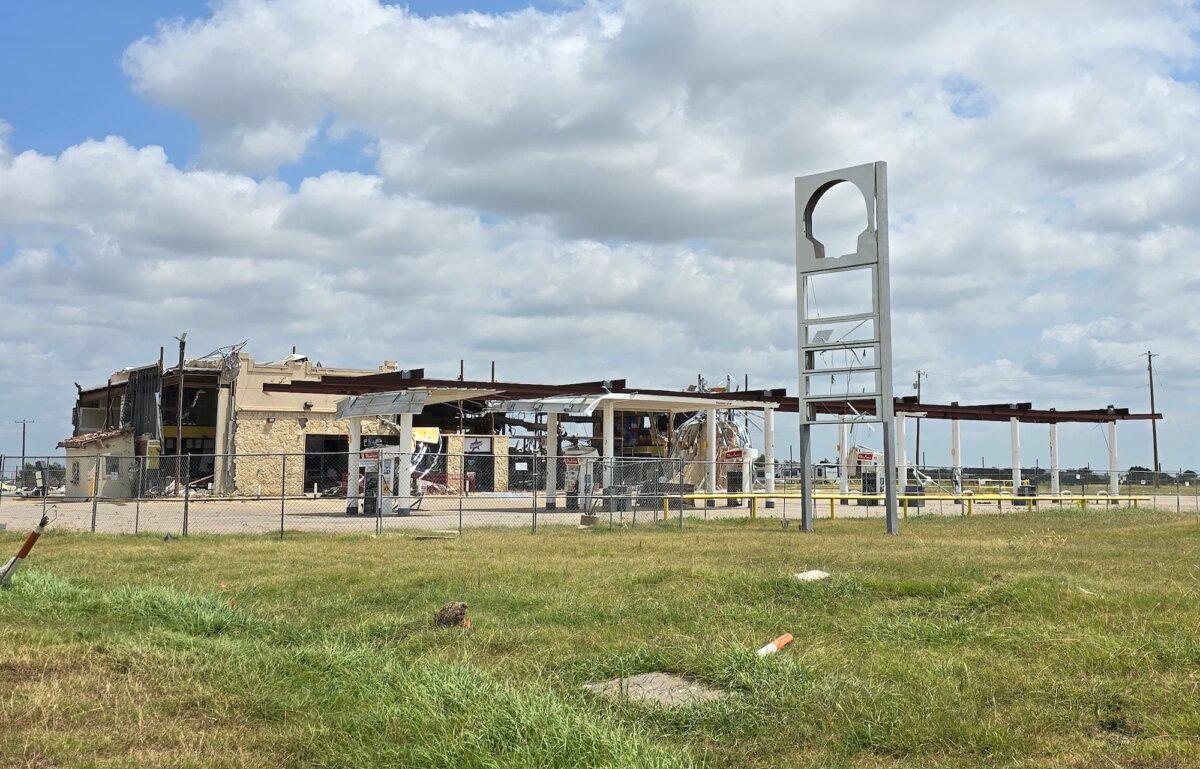
“It was bad. It was just dark—real dark. It was about two miles wide,” Duzan told The Epoch Times as he sat having a beer at the American Legion Post 317 in Jarrell on July 29.
“All I saw were animals and farm machinery floating in the air. My wife made it home before I did.”
He recalled that his wife was shaking in fear.
“We couldn’t do anything. We opened up the curtains and just watched it. It was scary. It just tore everything up,” Duzan said.
Tornado debris was strewn across the lawn—Bible pages, church relics, home insulation.
Oddly, the Duzan’s house sustained no damage.
Duzan said he’s witnessed seven tornadoes but nothing like the Jarrell tornado.
“I never want to see another one that bad ever again,” he said.
He said he believes tornadoes are becoming more frequent and deadly.
“You can tell by how hot it gets in the summer now. That and the hurricanes,” Duzan said. “It’s getting worse—I’m telling you.”
Soon after the EF-5 tornado, another neighbor decided to install a storm shelter, refusing to tempt fate by being unprepared.
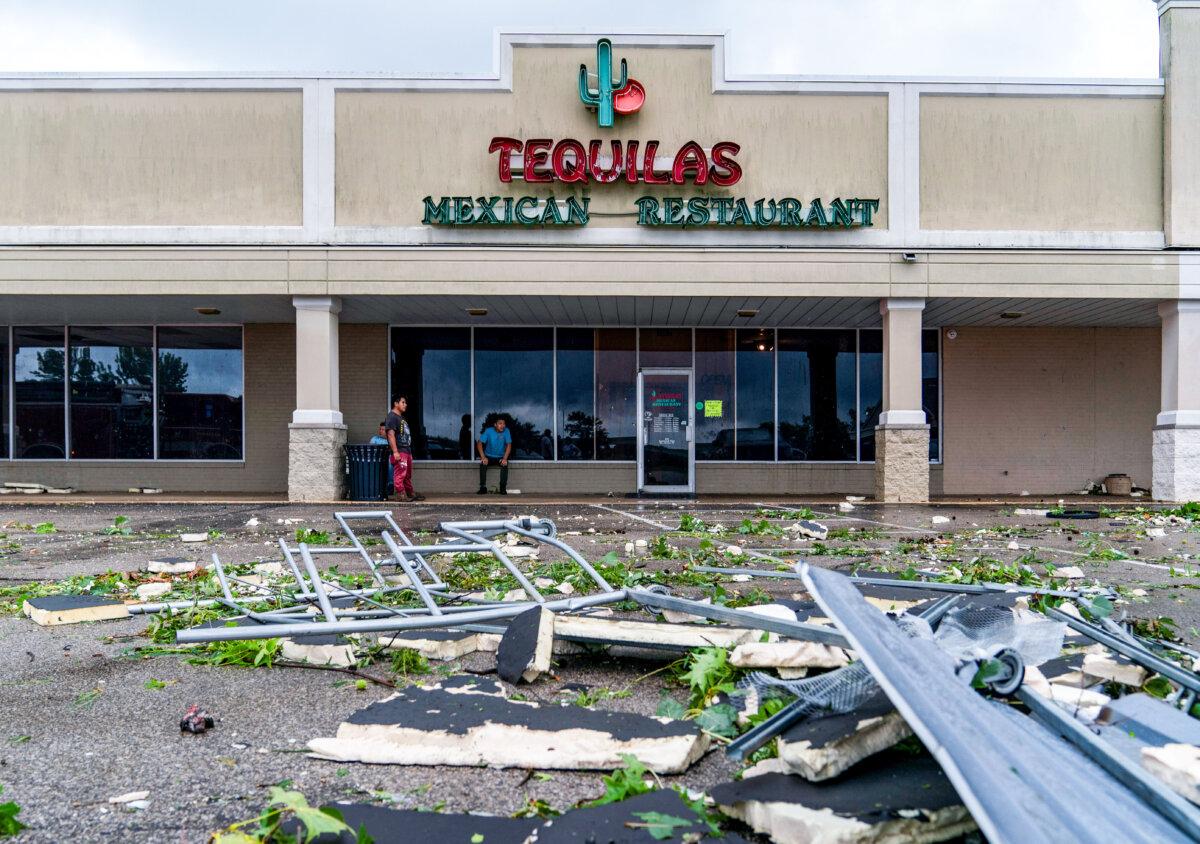
Across Cooke County, the May 25 twister destroyed 135 homes and damaged another 704, according to VOAD chairman Andrea Grangruth, executive director of the Cooke County United Way in Gainesville.
She said FEMA and other nonprofits are currently assisting with the recovery effort, which is estimated to be “billions—tens of millions for sure” of dollars.
“It was detrimental,” Grangruth said of the storm’s intensity during a VOAD tornado recovery meeting on July 29.
“You would look at a road you would drive down normally, with trees and fences and homes,” and see downed power lines and flattened areas where they once stood.
“When you looked at the magnitude of what something like that can do, you can’t even imagine,” she said.
Grangruth said that many people sought cover at the Shell station in Valley View because the community didn’t have a storm shelter and that she’s noticed a greater interest in private shelters since the tornado.
“I think it makes sense to have your own,” Grangruth said.
“If something happens, now they have a place.”
She said her home has a tornado shelter installed just in case, although her family hasn’t had to use it yet.
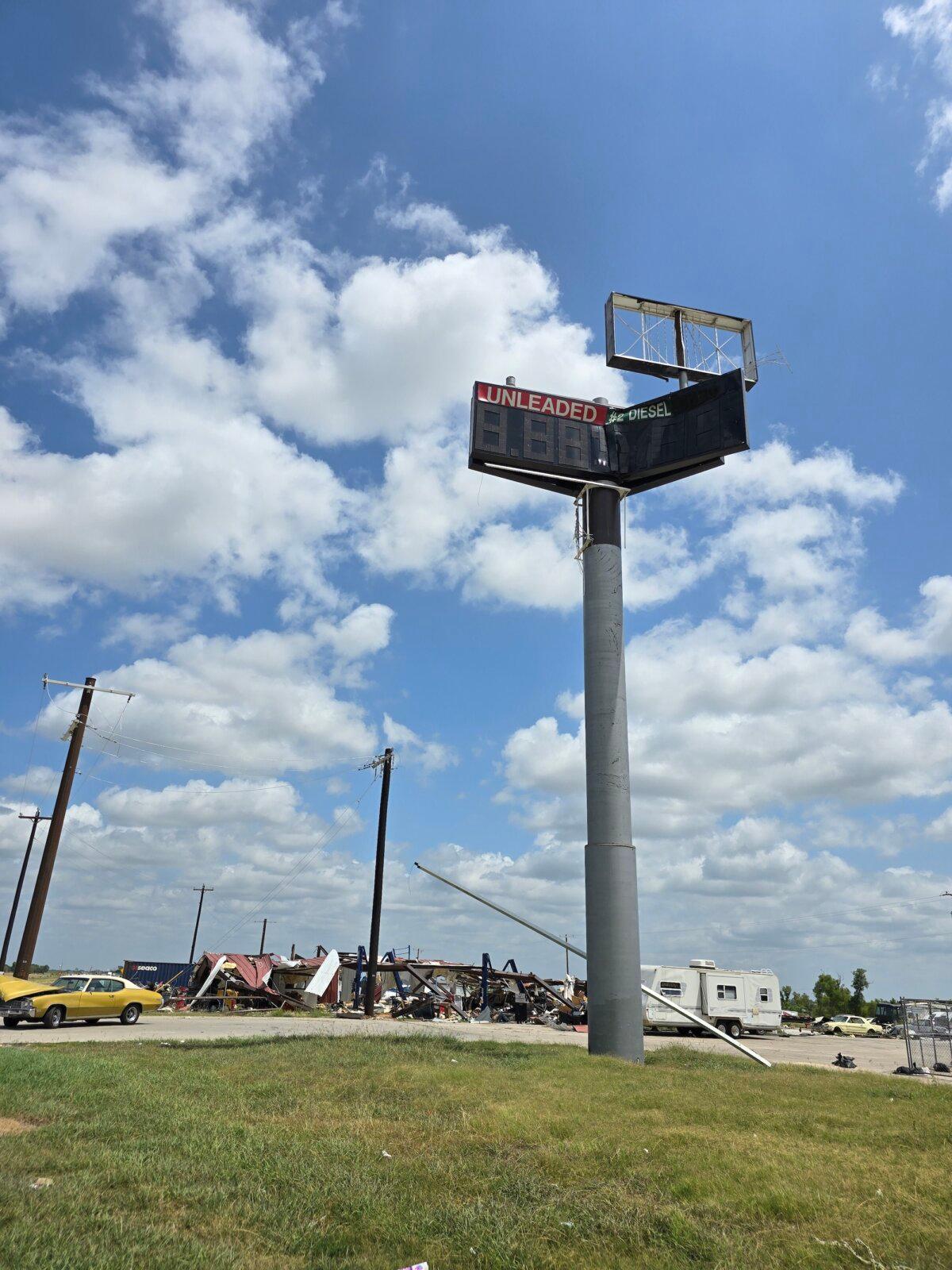
“It happens fast. Ideally, it’s going to your home shelter,” VOAD board member Lane Holcomb said.
“I am not particularly concerned,” Jones said. “I’m aware of living where I live. It was devastating to [experience] what happened in the Valley View area. It certainly makes you reconsider and be grateful you have a storm shelter.”
“I'll add to that,” Holcomb said. “I’m 74 years old, and I’ve still not been to a shelter, but I have a shelter.”
Jones said that some county residents who live in mobile homes are afraid to return to face the possibility of another tornado.
“It was scary for them. We’ve got a lot of trauma. We’re having to resource and figure out how to help these people,” Jones said.
Jones said she, too, has a tornado shelter in her home and hopes she will never have to use it.
Organizing the recovery effort has been draining for her physically and emotionally, she said.
“We are trying to be strong for people and firm with them,” Jones said. “Ultimately, [people] have to be accountable and participate in their recovery.
“Our ultimate goal is to help them through those resources to help them get through where they were on Saturday morning, May 25.”
“They need their homes back,” Grangruth said. “How can we get them back to their homes and their daily lives?”
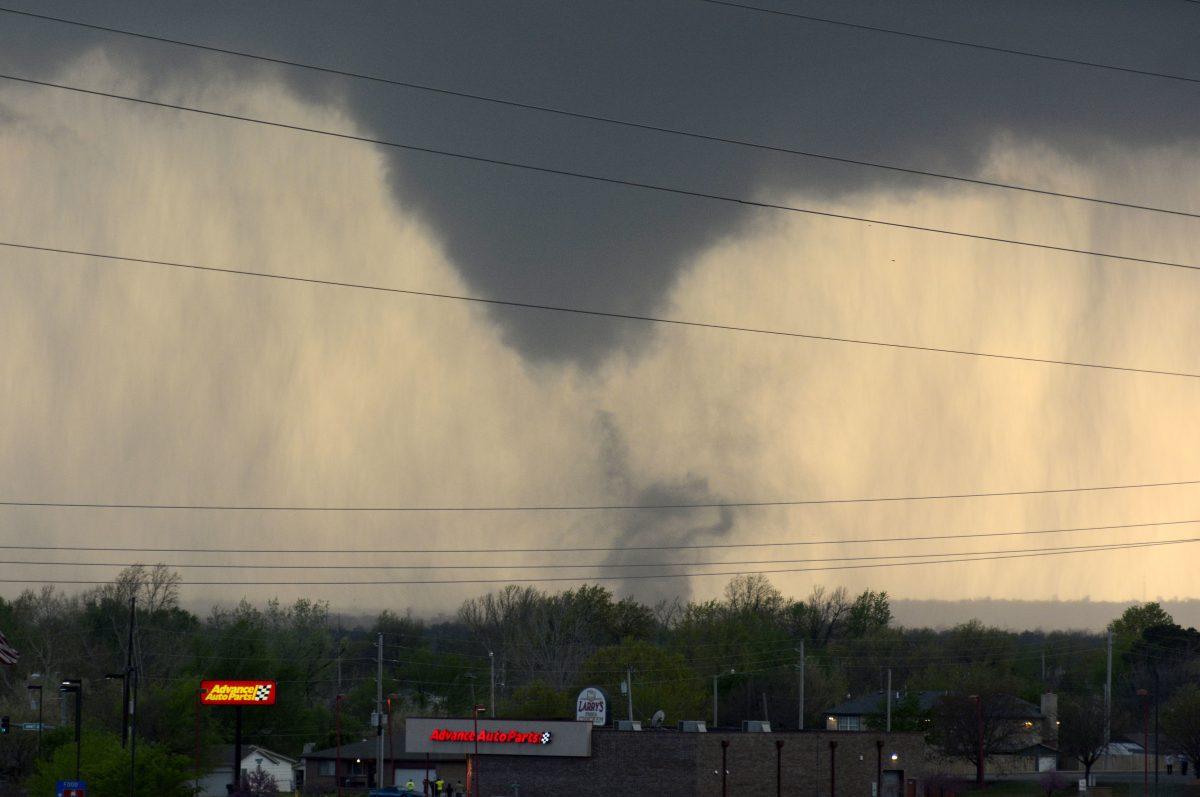
VOAD board member Linda Jenkinson said the county had more than 800 volunteers who donated 14,000 hours to help with tornado recovery.
“It was really amazing and humbling to see how well the community came together to help, sharing equipment, vehicles, and manpower. Even driving through now, you see stacks and stacks of debris,” Jenkinson told The Epoch Times.
“You see the emptiness where homes used to stand. You can look into a field and see it full of Styrofoam and insulation stuck in fences and trees. That’s devastating and a constant reminder to people who live there still.”
At Lake Ray Roberts Marina east of Sanger, Texas, Bill Williams, who was born and raised in Oklahoma, said the marina had 10 minutes’ warning before it sustained a direct hit from the May 25 tornado. The tornado upended 25 RVs in a nearby park, flipped two houses, and demolished a fuel depot. At least 21 boats vanished in the storm.
Williams said he managed to usher most of his staff and park residents to safety inside a walk-in freezer built with 10-inch walls.
“It’s not a good [shelter], but it’s the safest place here,” he said. “You could hear things hitting. You could feel it. Two [RVs] actually hit the building and knocked the wall down.”
One resident who was asleep in his trailer suffered three broken ribs. Another received 57 staples for an injury when the tornado lifted his trailer about 20 feet in the air and then dropped it, Williams said.
“When it’s that close, the best you can do is put your head between your legs and pray,” he said.
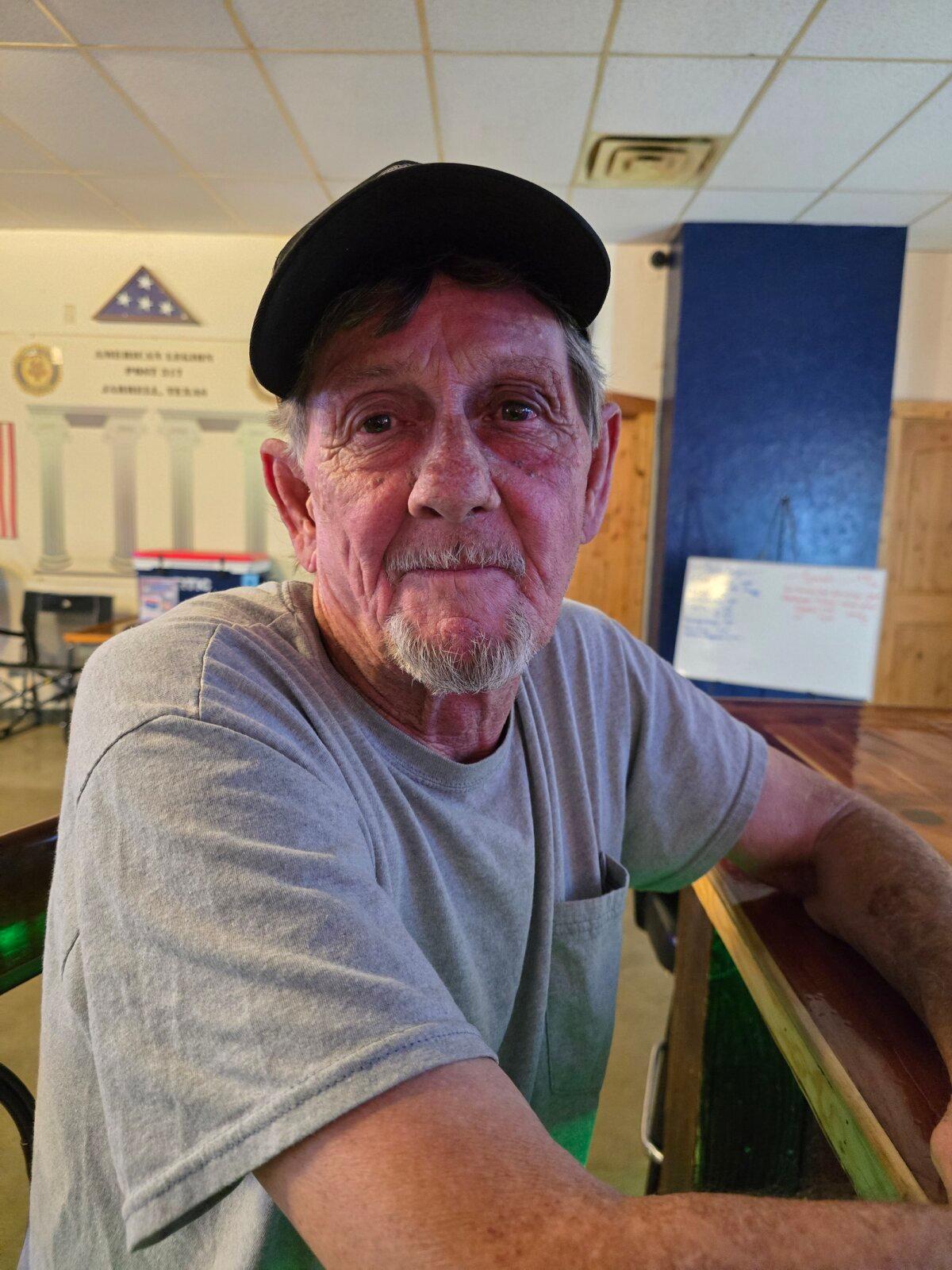
“It’s life. Nobody died, and nobody got hurt seriously. Everything else is bent metal and pipe.”
Williams estimated that rebuilding the marina would cost about $7 million with his insurance. He said a storm shelter for the marina is currently on order.
“We have a plan,” he said.
Usually with each severe storm event, such as a tornado or hurricane, comes an increased awareness of the need to prepare for severe storms.
Some storm shelter and safe room builders have reported a significant rise in consumer interest this year.
“From what we can tell in talking with folks, it appears people are noticing a pattern of seeing worse storms and shifting weather patterns. They want to start looking into being prepared in the future,” Vilas said.
“We did have a guy reach out to us. He‘d been selling backyard sheds and barns for many years. He’d seen foot traffic on his lot pick up with folks looking for storm shelters.”
Vilas said another customer wanted to convert a basement into a safe room, but the company didn’t have that capability.
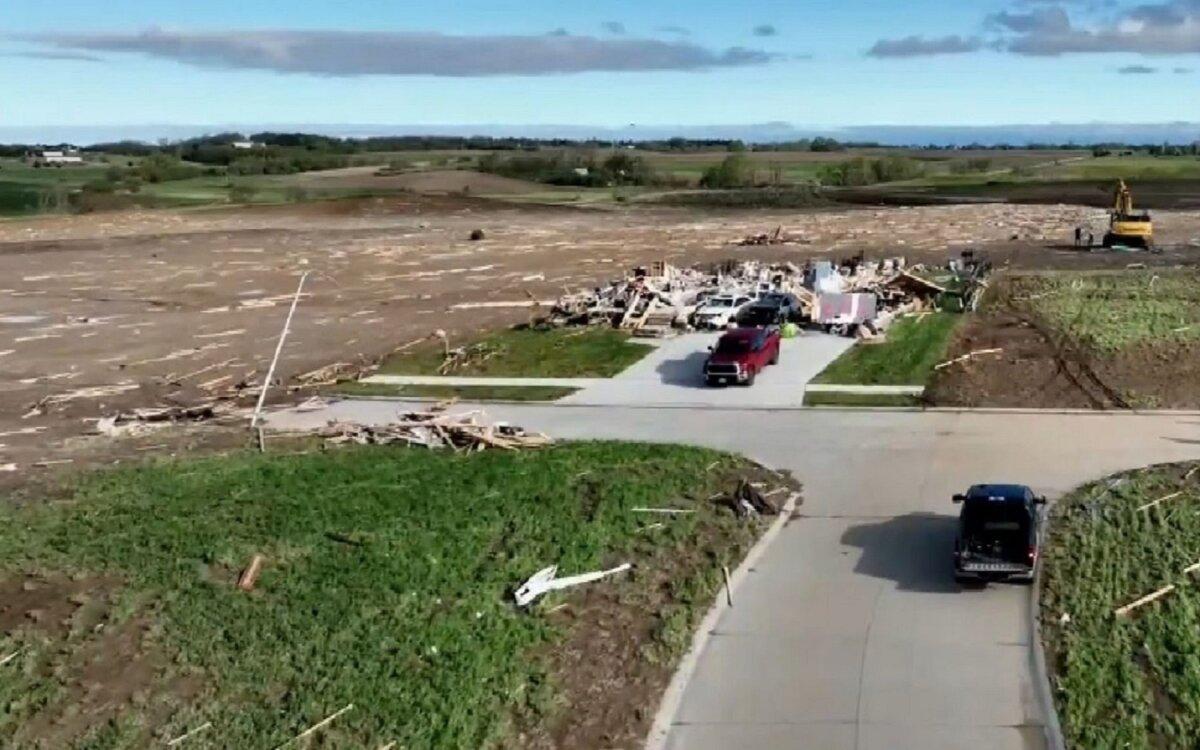
“Our parent company has that structural design capability,” she said. “So we were able to match them up, and that person got what they were looking for.”
FEMA said on its website that since November 2020, it has allocated $1.2 billion for the design and construction of 40,000 residential and 2,200 community safe rooms in 25 states.
Vilas said her company recently introduced Fortress Defender, a 12-by-18-foot storm shelter with six-inch-thick reinforced concrete. The shelter weighs 70,000 pounds and costs $15,000 to $20,000 to design and build.
“In a tornado or high wind, it’s not going anywhere,” Vilas told The Epoch Times. "What I can say is people are emotional when they respond to the last thing they’ve been exposed to.
“It really does buy peace of mind for folks who can invest in a way that keeps them and their loved ones safe.”
On a local level, she said the company has seen interest from cities and towns looking to build storm shelters in parks, community centers, and private housing subdivisions.
“It depends on where you live and the level of risk you’re able to tolerate,” Vilas said. “Some folks might have basements; others might not. It really is a situational need. People approach it in that way.
“I would like to see communities, towns, and city centers start thinking about how to pre-plan for those types of events and start putting that infrastructure in place.”
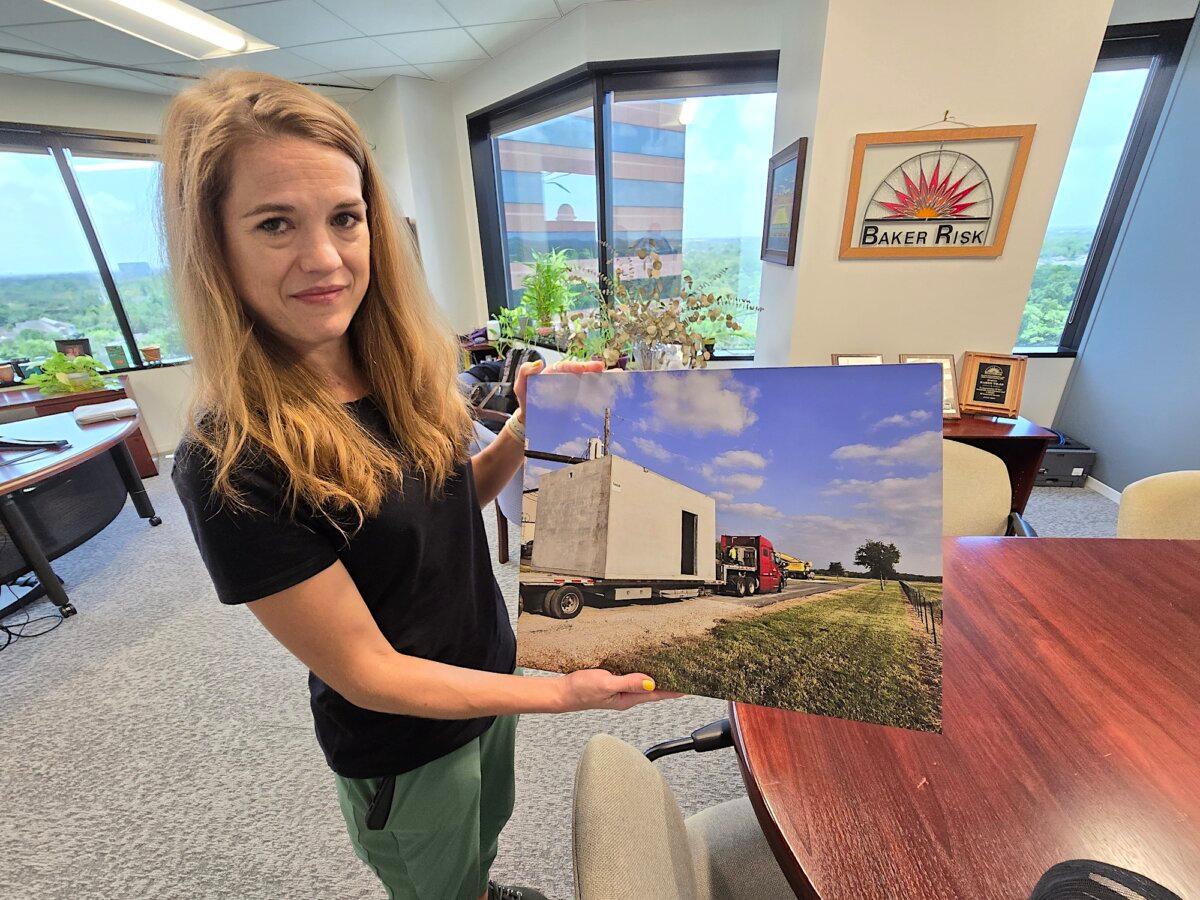
“Tornado shelters are essential in tornado-prone areas to ensure the safety and well-being of residents during severe weather events,” the company said on its website.
“Overall, the tornado shelter market is expected to continue growing as awareness of the importance of tornado safety increases.”
Sperry said he hopes the May 25 tornado was the last he'll ever experience.
“If I can live the rest of my life never seeing another one, I will be content.”
